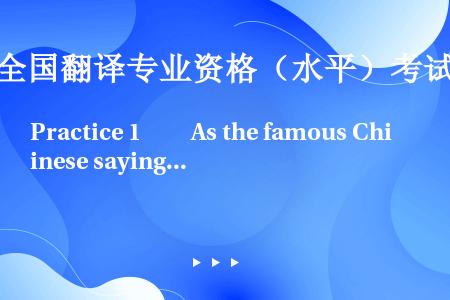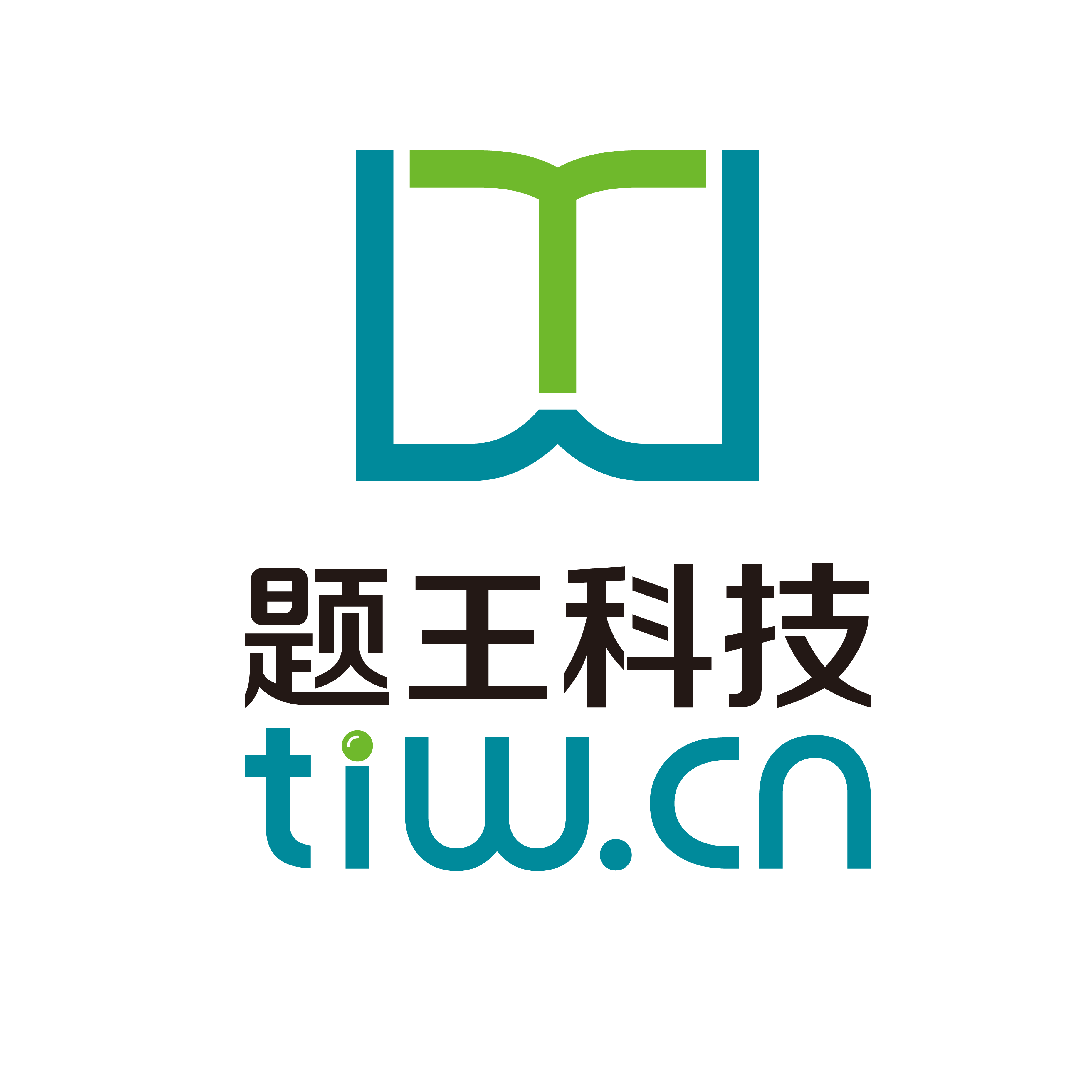 问答题
问答题
Practice 1 As the famous Chinese saying goes, “Above, there is Heaven—below, there are Suzhou and Hangzhou.” An impressive claim, but the only way to find out if Suzhou is indeed one of these two earthly paradises is to actually visit the place. Suzhou sits only four meters above sea level, so water features heavily in the landscape of its canal towns, as well as in the serene classical gardens that have been designated as World Heritage sites. This was immediately obvious on arrival, with rivers and canals crisscrossing the streets on the ten-minute walk from the train station to my riverside hostel. Because of Suzhou’s location near the mouth of the Yangtze, numerous canals were built to stabilize the flood-prone delta areas. Several other towns and cities in the region followed suit, creating what has become known as China’s region of water towns. As well as the countless lakes, 35 kilometers of rivers, and 168 bridges nearby, the Grand Canal is another significant draw. Stretching from Beijing to Hangzhou, it cuts an impressive path from north to south, and brought significant trade to the towns. After a few minutes’ exploration down some of its many back streets, I discovered why Suzhou is often praised as the “Venice of the Orient.” a Aside from the countess picturesque stone bridges peppering the city, Suzhou, like Venice, was once a great trading port, supplying goods from China’s “most productive land.” And during my brief visit I saw many small boats using the rivers to transport goods throughout the city. It’s also the silk capital of China. In ancient times it was from here that silk would have been transported along the Grand Canal to Beijing, and eventually all the way along the silk road to places as far away as Rome. Even today, Suzhou’s silk exports account for 30 percent of the country’s total. With its mild climate, fertile land and abundance of produce, it is no wonder that Suzhou is referred to as “heaven on earth.” Suzhou’s gardens date back as far as 600 AD. These gardens were designed by artists who were hired at the height of the Tang and Song dynasties, and used four basic elements to create a harmony between heaven and earth: trees, water, bridges and rock. With an abundance of water, and stones brought from nearby Lake Tai, it was the trees (the older the better) which were the most prized elements of the gardens. The gardens are not known for their size, but for their delicate design incorporating hills and ponds, terraces and corridors. Suzhou also has a strong tradition of Kunqu Opera, which was listed by UNESCO in 2001 as one of the “Masterpieces of the Oral and Intangible Heritage of Humanity.” A good place to see it is at the Garden of the Master of the Nets, which is also one of the city’s nine gardens to have earned a UNESCO World Heritage listing.
发布日期:2021-09-03


题王网让考试变得更简单
扫码关注题王,更多免费功能准备上线!

此试题出现在
其他考试
秦、隋虽然是两个短命王朝,但分别为汉、唐盛世奠定了基础,它们共同的历史贡献是()。
全息照相是利用激光()的性能。
十九大报告中指出,五年来国防和军队改革取得历史性突破,人民军队组织架构和力量体系实现革命性重塑,形成了一种什么样的新格局?
彼秦者,弃礼义而上首功之国也,权使其士,虏使其民。
由于瓦斯的存在将使煤尘爆炸下限降低,从而增加煤尘爆炸的危险性。()
女,53岁,近2~3年来月经不调,表现为周期延长,经量增多且淋漓不净。此次停经3个月,阴道出血10余天,量多,给予诊刮止血,刮出物组织学检查为子宫内膜简单型增生过长其诊断考虑为()
控制国际资本流动的不利影响可以选择哪些宏观经济政策?为什么要强调政策的组合使用?
概率预算是为了反映企业在实际经营过程中各预定指标可能发生的变化而编制出的预算。
妊娠期血液成分发生改变,下述哪项是正确的()
在非营业站内的装卸视同区间装卸。
2022年度贵州翻译专业资格(水平)考试考点考场的通知
2022年度上半年翻译资格考试证书预发放公告
2020年全国翻译专业资格考试朝鲜语/韩语口译一级(交替传译)考试大纲
外语翻译资格考试CATTI国际版(中英)考试大纲
2020年全国外语翻译资格水平考试俄语海外考试准考证发放公告
2020年全国外语翻译资格水平考试CATTI国际版开考公告
2020年全国翻译专业资格考试朝鲜语/韩语笔译三级考试大纲
2022年下半年翻译专业资格(水平)考试现场人工核查安排
2022年度下半年翻译专业资格(水平)考试
2022年度上半年翻译专业资格(水平)考试补考时间及网上确认的通知
Practice 1 As the famous Chinese saying goes, “Above, there is Heaven—below, th...
Practice 5The Grand Canyon A famous American John Muir said in 1898: “The Grand...
Many Chinese friends went to the party.→____ many Chinese friends at the party.
Look! Here()the famous player
Freud was a famous ______.
Look! Here()the famous player
What is famous about your hometown?
Mr. Bloom is not()now, but he will be famous someday.
The famous scientist was easy _____ along with.
From the passage we know that the Globe is a famous ______.

